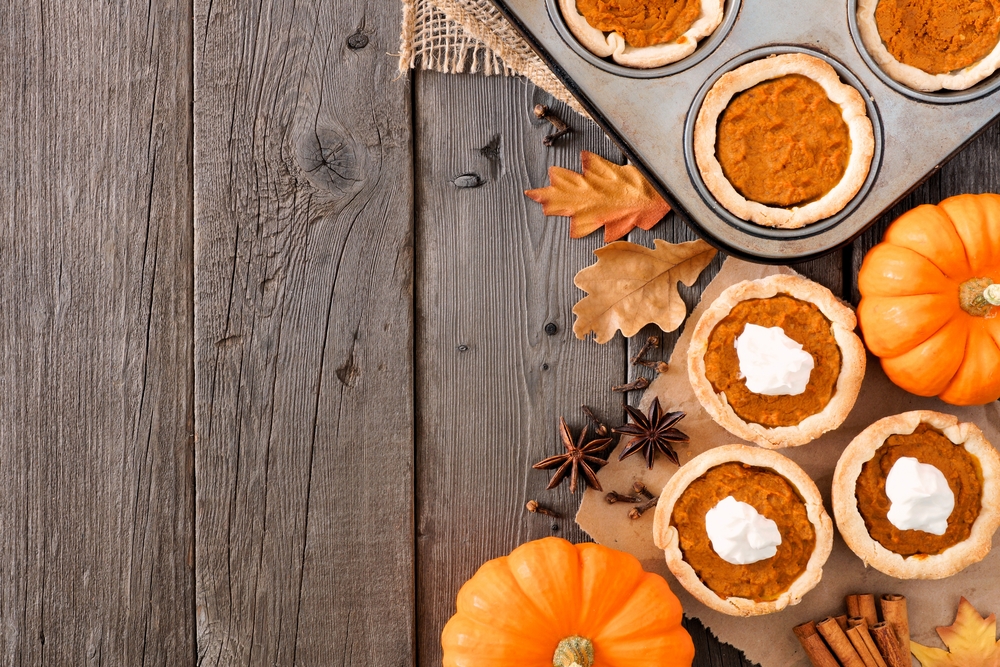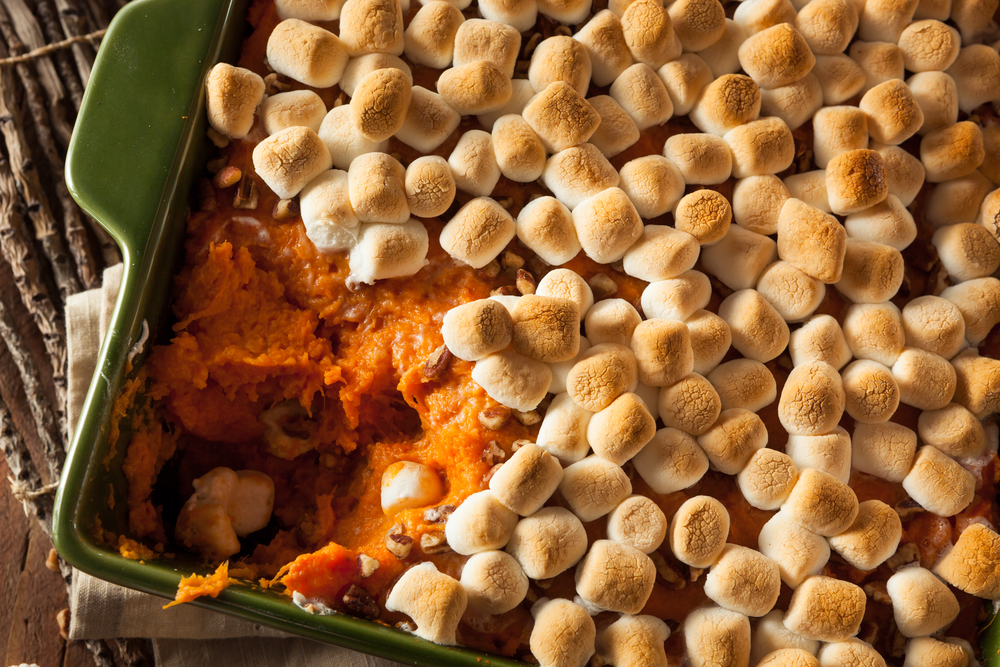How To Deep Fry A Turkey: Step-By-Step Guide
Deep frying a turkey can be the most dangerous method of cooking people try. The results are beautiful, but there needs to be major safety precautions. Most people who fry turkeys for the first time face these dangerous problems. There is one main difference to cooking a turkey in the oven to cooking in a fryer- it cannot be frozen. When people fry for the first time, they may not read all the instructions. The frozen turkeys from the supermarket say “cook from frozen”, and people only pay attention to this. What happens when a frozen object is put in a deep fryer is that it explodes. Oil bursts out of the pot and fire follows. If you’re beside it putting the turkey in, then you will be covered in blistering oil and then caught on fire. With a little safety advice and some tips, frying a turkey can be safe and delicious.
Step 1. Choose Your Equipment. Long before you go to cook your turkey, you should make sure that you have proper equipment. Buy your turkey fryer from a store and don’t try to invent one yourself. Read the manufacturers directions for how large a turkey you can add and what oil they recommend. You want an oil with a high smoke point so that it won’t burn as you cook. Peanut oil is a great choice.
Step 2. Choose Your Bird. When picking your turkey, pay attention to size. The fryer will say the max size so that the oil can still cover the bird safely. Generally it’s smaller than you would put in an oven. Look for fresh turkeys rather than frozen for the best taste and texture. You may have to order the fresh turkey weeks or months before the holidays. Older turkeys are tougher but have more flavor. Free range bought from the market are our favorite. Sure, they’re tough, but our teeth can handle it. Deep frying it will insure it’s super juicy too!
Step 3. Brine The Turkey. There are many schools of thought on how you should prepare a turkey. We like to give it the maximum flavor which requires multiple steps. First part is brining the bird. Brining alters the structure of the muscles, allowing it to absorb more moisture and flavor which results in a juicy bird. Here is a great brine recipe that should give you enough liquid to soak the turkey in. In a large pot or bucket, mix together 3/4 cup salt, 3/4 cup sugar and 1 cup boiling water. Mix to dissolve. Add 3/4 gallon cold water, 1/4 gallon apple juice, 10 sage leaves, 3 tbsp whole peppercorns, 3 bay leaves, and 1 tbsp hot pepper flakes. Put in the thawed turkey with the giblets removed. Use a plate to weigh the turkey down and refrigerate for 24 hours. After that time, take the turkey out and rinse the bird off completely with fresh water. Dry and refrigerate until you plan on cooking it.
Step 4. Inject The Turkey. This may sound strange, but injecting flavor into your turkey is a brilliant thing. You can get meat injecting needles at a kitchen store. Mix up a spice blend or buy injectable spices. If you’re making your own, make it strong because the spices will even out through the meat. I like to make a mixture of 1 cup melted butter with 3 tbsp Cajun seasoning. Pull the skin off the breast mean and inject the breast with the butter mixture. Inject the thigh meat and legs also, but you might not be able to get access without the skin on. Leave the turkey for 15 minutes after you finish injecting it so the spices will be absorbed into the bird.
Step 5. Spice The Turkey. Take your favorite holiday spice mix and combine it with softened butter. Massage the mixture underneath the skin where you can, and over top of the skin. Be careful not to add too much salt, because the brining will have left salt in the meat.
Step 6. Fry The Turkey. Follow your manufacturers directions EXACTLY for this. Frying takes much less time and you might be scared of a raw result. If you leave it in longer to “be sure”, you will be left with one black, overcooked bird. While the turkey is frying, you will notice the skin getting quite browned. This is normal and don’t be scared! The oil will be so hot that the skin will seal in all the juices. The inside will not be oily.
Step 7. Rest The Turkey. Let the poor girl rest before you hack into it. Resting for 10 minutes allows the juices to reabsorb and cools the meat off so it won’t burn you.
Lastly, we want to implore you to stay safe trying this method of cooking. Here’s a great video on frying safety for you to watch.




